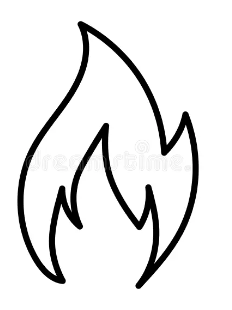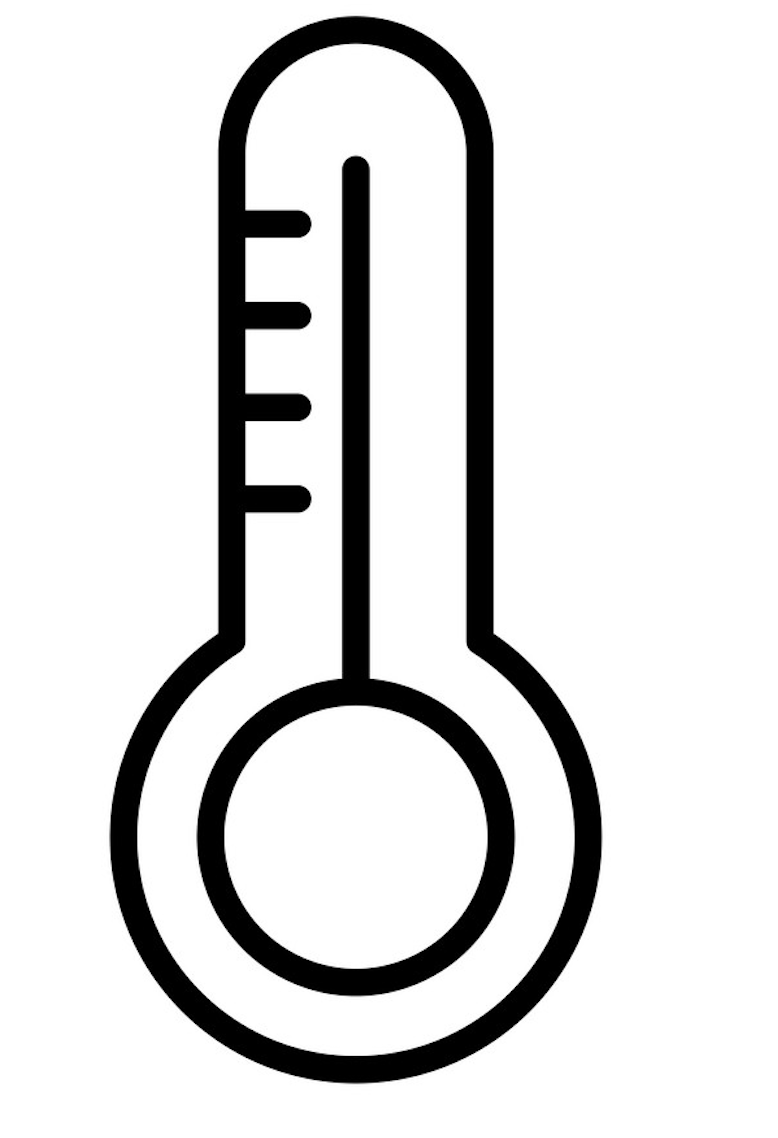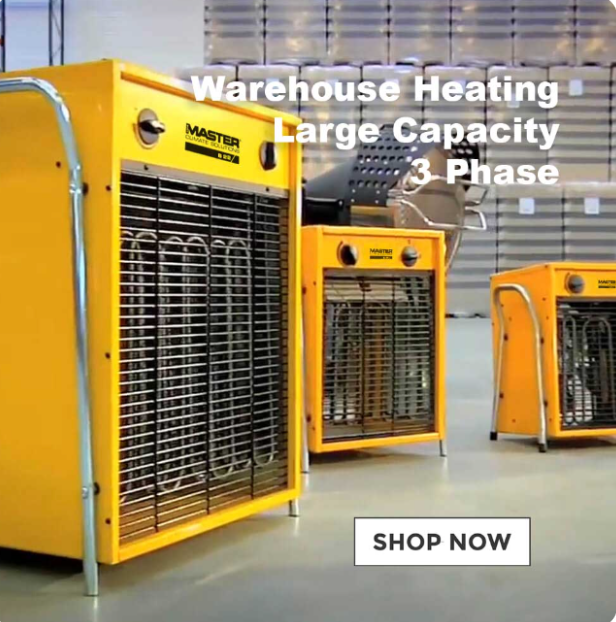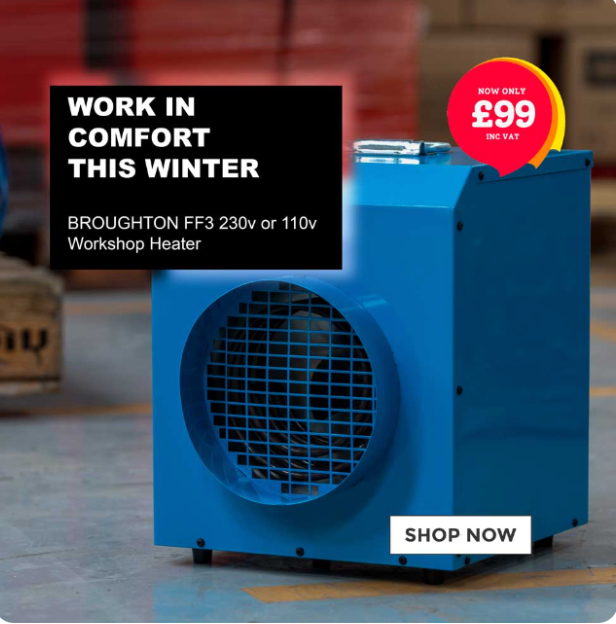Understanding heating power is crucial when selecting a domestic fan heater, as it determines how effectively the unit can warm your space.
The wattage of the heater should match the room size—higher wattage for larger rooms and lower wattage for smaller areas—to ensure efficient warmth without unnecessary energy use. A heater with insufficient power will struggle to maintain comfort, potentially running continuously and raising energy costs.
Conversely, a heater that’s well-suited to the room size will heat the area quickly and maintain consistent temperatures. Choosing the right power level ensures reliable, cost-effective heating tailored to your needs.















